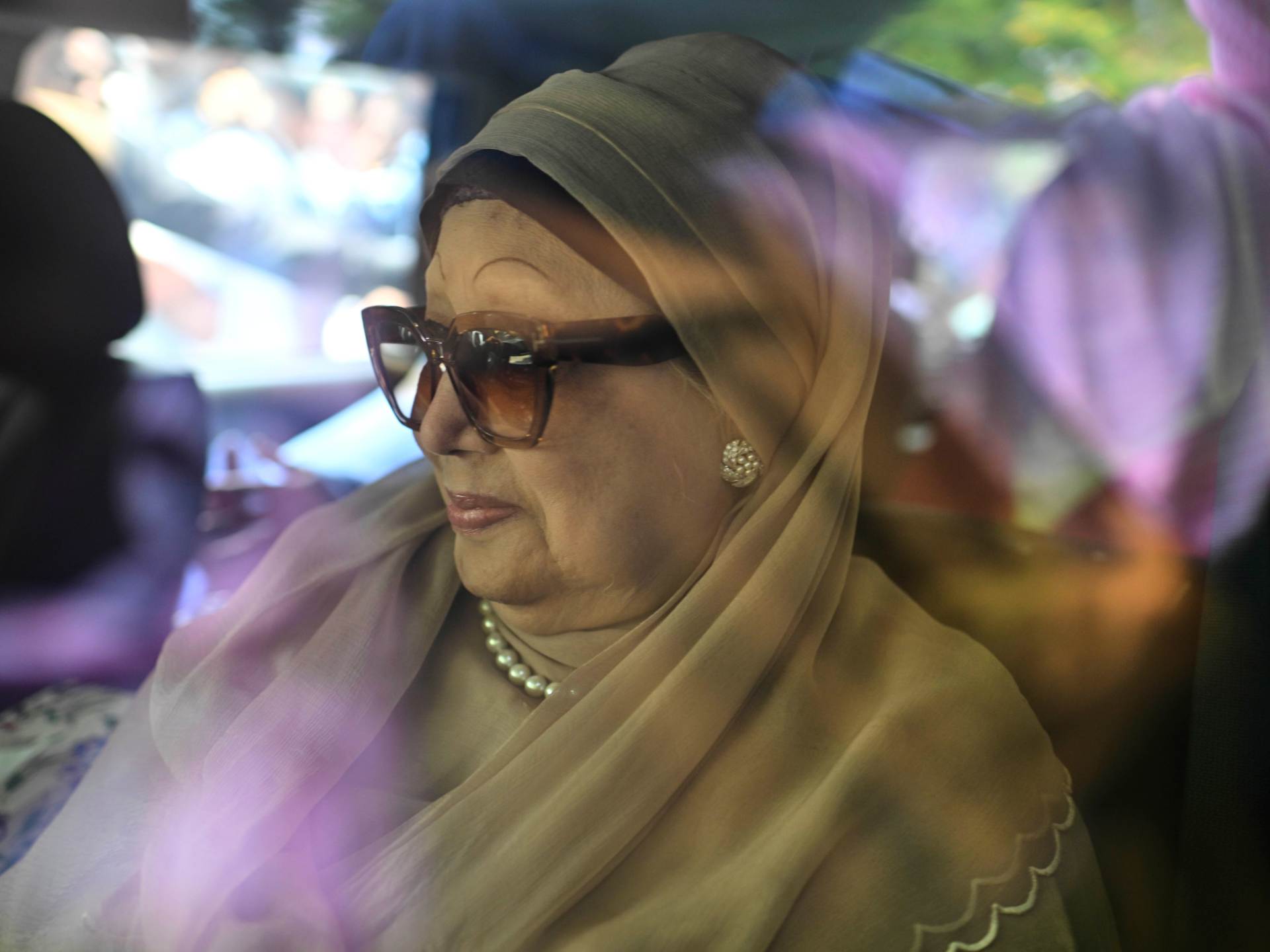A consensus seems to have recently settled in UK politics: that young British lives are not as they should be, and something must be done. Our teens and twentysomethings, we are told, are lonely, phone-addicted, “overdiagnosed”, and too often jobless, which entails a great blizzard of proposals – from welfare reform to the scaling-back of university education – that seem to have more to do with older voters’ prejudices than the real-life problems of other generations. At the next election, the extension of the franchise to 16- and 17-year-olds may do something to correct that, but I wouldn’t count on it. There is, after all, something deep within the British psyche that favours age over youth, and consequently misrepresents and ignores the latter in a way that sometimes looks almost pathological.
If you want a vivid example, consider a drastic loss from millions of young lives that is still bafflingly overlooked. During the first 10 years of the spending cuts that began in 2010, councils’ funding for youth services in England and Wales suffered a real-terms cut of 70%. By 2023, about 1,200 publicly run youth centres had closed, and more than 4,500 youth workers had lost their jobs. Villages, towns and cities still bear the scars: empty buildings that look just as forlorn as any shuttered library or Sure Start centre. But while other aspects of the austerity disaster have at least been acknowledged, this one still seems to be a strange kind of guilty secret, with seemingly no chance of all that lost provision ever being restored.
For anyone who wants to understand how tragic that is, there is now a set text: a recently published book titled Up the Youth Club, by the journalist and writer Emma Warren, is both a superb work of social history, and a passionate call for a newly energised, modern version of everything she writes about. Her story goes back 150 years, and is split between the state and voluntary sectors. What ties everything together is the provision of what she describes as “warm and welcoming” spaces, where “those who are in their second decade of life can gather regularly … to do things they like doing … where restorative ‘hanging out’ is welcome”. There is fascinating material about trailblazing meeting places for LGBTQ+ people, the centrality of youth clubs to the music scenes of cities such as Bristol and Coventry, and their role as connection points in postwar new towns. And one theme recurs time and again: the plain fact that youth services ought to be thought of as one of the public realm’s most basic elements.
As 21st-century Conservatives renew their faith in blindly shrinking the state, the book also contains a timely example of why they ought instead to reflect on how their party came to lose any semblance of a social conscience. In 1958, the Tory government led by Harold Macmillan commissioned a watershed report about youth services, put together by an aristocratic social reformer called Lady Diana Albemarle. From the vantage point of 2025, much of what it portrayed is grimly familiar: she found youth services “in a state of acute depression”, with the people who provided them “neglected and held in small regard, both in educational circles and by public opinion generally”. Youth provision, it said, was “dying on its feet”. But as Warren describes, Conservative politicians then made huge changes: 3,000 new buildings, 160 new sports projects, and newly expanded and professionalised youth services.
Years later, many of us enjoyed the remaining legacy of all that: dependable places, open most nights of the week, where we could find out who we were. We learned how to relate to adults who were not our parents and teachers and therefore tended to treat us as their equals, and let us organise our own time. For me and my friends, that meant precious rehearsal time for us and our fellow teenage musicians, and the chance to play in front of our peers. But for others, youth clubs represented something much more important: what we now call safe spaces, where they could be gently pointed towards the kind of help that was often urgently needed.
Though the decline of youth clubs began in the Thatcher years, this is what austerity so cruelly snatched away, and we are now living with the consequences. Back in 2014, I reported on crushing local austerity in Newcastle, and drastic cuts to its youth centres. One youth worker based in the middle of the city told me about what that meant for drug and alcohol advice and programmes focused on teenage pregnancy. He also mentioned Alexis Jay’s report on child sexual exploitation in Rotherham, and one of its most pointed sentences: “We met several experienced and skilled youth workers who voiced serious concerns about the severity of the cutbacks in the youth services and specifically how it was impacting on their work with vulnerable young people.”
There is, moreover, striking evidence that cuts to youth clubs lead to increased teenage crime and measurably poorer educational outcomes. But spending cuts have one particularly pernicious effect: the way that they sooner or later start to twist many people’s thinking, so that yesterday’s crucial service is suddenly reframed as today’s faded throwback. In that sense, it may be easy to think of youth clubs as old-fashioned spaces, synonymous with trite jokes about table tennis and flat Coke. But that, once again, is an old person’s perspective, and they actually remain vital places, as no end of research proves.
In 2009, just before austerity began to blitz London’s youth services, the Greater London Authority’s Young Londoners’ Survey found that 41% of respondents aged between 11 and 16 attended youth clubs at least once a week. Last year, another piece of research – commissioned by the London-based organisation Legacy Youth Zone – focused on what it called “isolation through screens”, and a corresponding “need for connection”. More than half of the young people involved said they would like to reduce screen time, but 46% felt “unable” to. And then came the kicker: “93% of young people who have attended a youth centre say it has made a positive difference to their lives.”
Even if some of our politicians grasp this point, they have yet to convincingly respond to it. Labour has made a few announcements about boosted spending, but the funds are unlikely to stretch as far as youth services. And the sums involved remain comparatively small. Austerity hacked almost £1bn a year from youth services, and deep problems will remain, even though they answer so many 21st-century questions – about social division, polarised attitudes, and much more besides.
after newsletter promotion
Youth clubs, Warren points out “can protect against divide-and-rule, offering deep, long-lasting and protective relationships and training in togetherness”, and thereby deliver something quintessentially modern. “They’re the embodied, actualised outcome of an intention – to make way for the next generation,” she says. If any country needs to heed that call, it’s this one.


